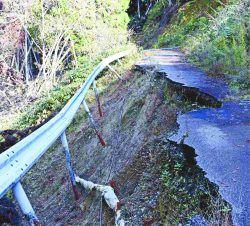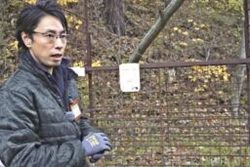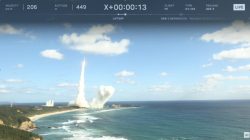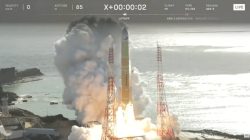Japan-U.S. Research Team Find Vessel Sunk in WWII; Kotohira Maru Sank During Air Raid Near Attu, Alaska
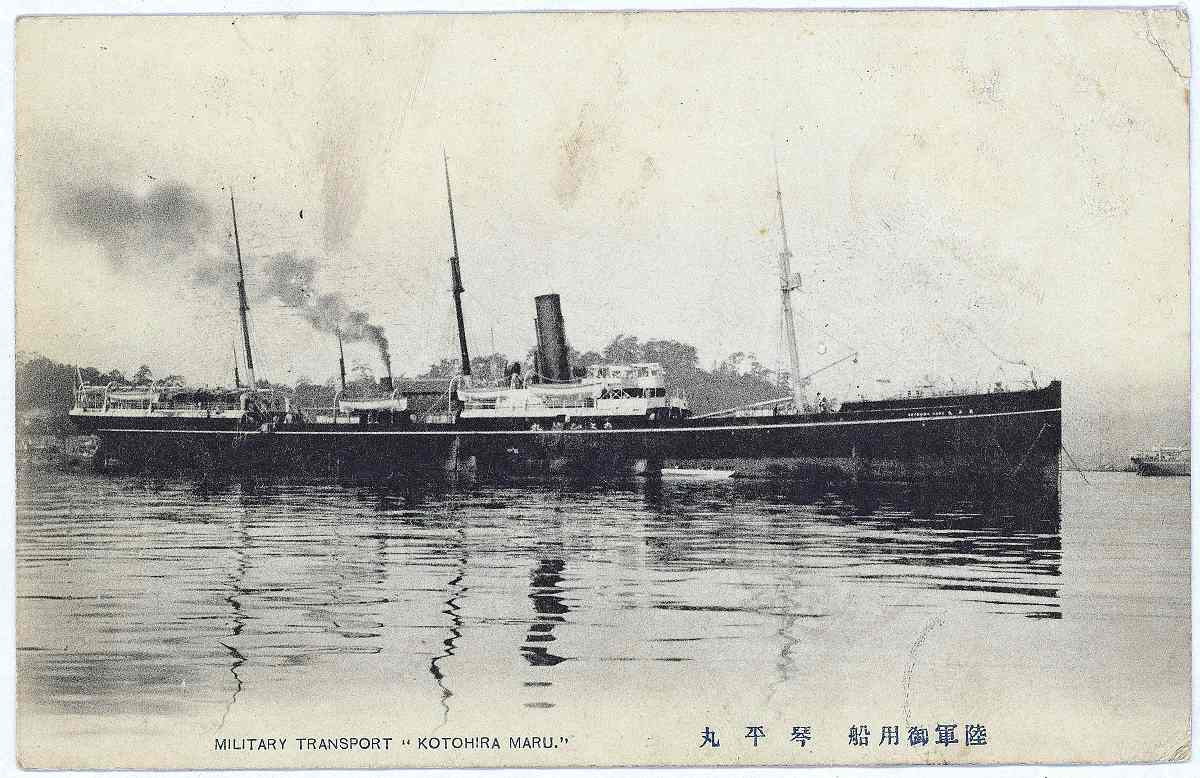
The Kotohira Maru
7:00 JST, September 7, 2024
A joint team of researchers from Japan and the United States conducted a study of war relics in and around Attu Island, the site of a bloody battle during the Pacific War, in July, filming the wrecks of three Japanese and U.S. ships offshore. The team plans to compile their findings and publish them in the future.
Kotaro Yamafune, 40, an underwater archeologist who joined the team from Japan, said, “The importance of this study is that researchers from Japan and the United States, which once fought against each other, are now working together to create a record of the war.”

Japanese forces captured Attu Island, one of Alaska’s Aleutian Islands, in June 1942; 11,000 U.S. soldiers would arrive to retake it on May 12, 1943. The 2,600 Japanese soldiers stationed there fought back, and a fierce battle erupted that lasted until May 29, only ending when the Japanese garrison had been almost annihilated, except for 27 who were taken prisoner.
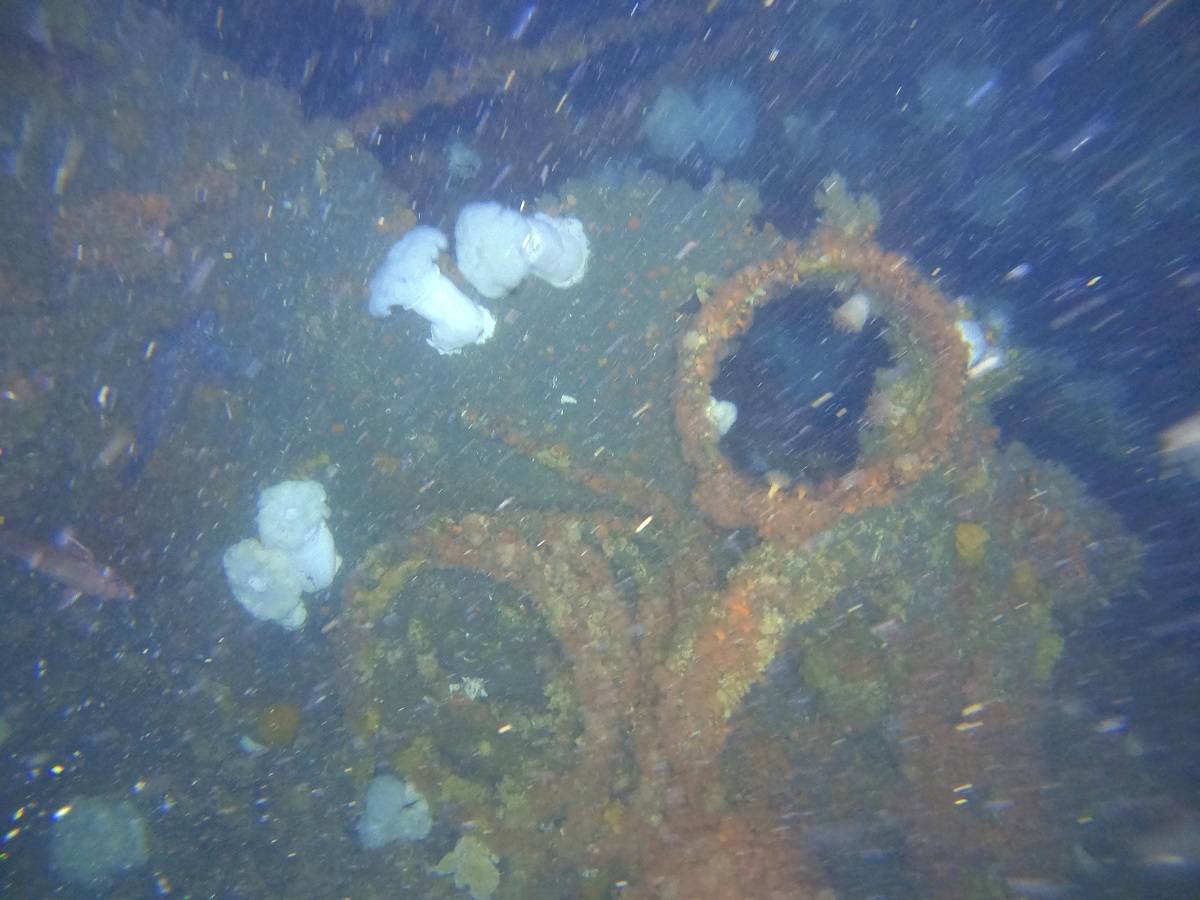
A section of the Kotohira Maru, which sank at a depth of about 80 meters
The survey was conducted from July 17 to 27 by a team of 14 scholars, including marine biologists and researchers on Alaska’s indigenous peoples, led by assistant professor Jason Raupp of East Carolina University, who specializes in underwater archeology, and research associate Dominic Bush of Ships of Discovery, Inc. The Japanese part of the team consisted of a five-member group who used remotely operated vehicles (ROVs) to film underwater, led by Yamafune.
The team, operating from a boat on the surface, followed old charts and U.S. military records collected by the American researchers as they used sonar to search for sunken ships on the seabed and attempted to photograph them with their ROVs.
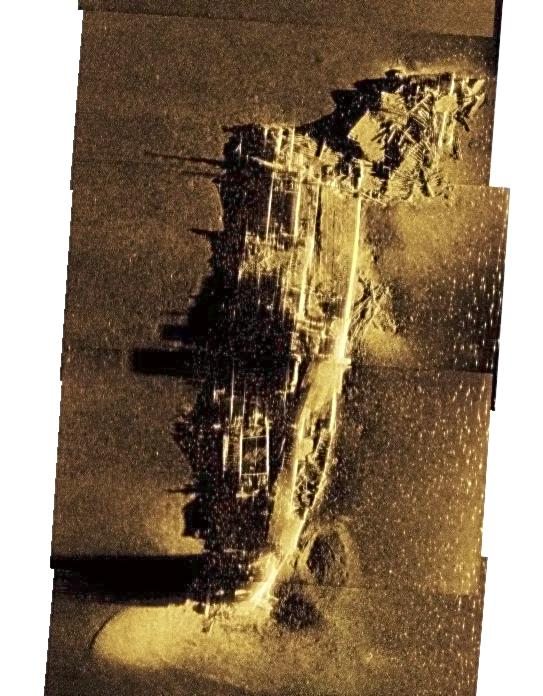
The Kotohira Maru was found using sonar. The ship sank bridge-up, and her bow section, visible at the top of the photo, was heavily damaged in the bombing.
Their search led them to a spot about 8 kilometers northeast of Attu, where, at a depth of about 80 meters, they confirmed the presence of a ship that appeared to be the requisitioned vessel Kotohira Maru.
According to documents from the Defense Ministry’s National Institute for Defense Studies, the Kotohira Maru sank after a bomb struck her bow during a raid by U.S. aircraft on Jan. 6, 1943. At that time, she had been on a mission out of the Kuril Islands to carry food and construction materials. Over 100 crew members are believed to have been thrown into the freezing sea and perished due to the cold.
The research team identified the wreck as the Kotohira Maru based on its location and the damage to it. The team also filmed two ships which they confirmed to be a Japanese shipping vessel and a U.S. cable-laying vessel.
Yamafune said, “We want to use the data we collected to design a 3D model of the Kotohira Maru, so that people will not forget what happened on this ship where so many lost their lives.”
"Society" POPULAR ARTICLE
-

M4.9 Earthquake Hits Tokyo, Neighboring Prefectures
-

Israeli Tourists Refused Accommodation at Hotel in Japan’s Nagano Pref., Prompting Protest by Israeli Embassy and Probe by Prefecture
-

M7.5 Earthquake Hits Northern Japan; Tsunami Waves Observed in Hokkaido, Aomori and Iwate Prefectures
-

Tsukiji Market Urges Tourists to Avoid Visiting in Year-End
-
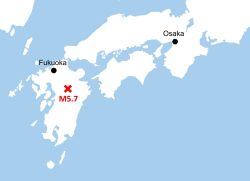
M5.7 Earthquake Hits Japan’s Kumamoto Pref., Measuring Upper 5 Intensity, No Tsunami Expected
JN ACCESS RANKING
-

Keidanren Chairman Yoshinobu Tsutsui Visits Kashiwazaki-Kariwa Nuclear Power Plant; Inspects New Emergency Safety System
-

Tokyo Economic Security Forum to Hold Inaugural Meeting Amid Tense Global Environment
-

Imports of Rare Earths from China Facing Delays, May Be Caused by Deterioration of Japan-China Relations
-

University of Tokyo Professor Discusses Japanese Economic Security in Interview Ahead of Forum
-

Japan Pulls out of Vietnam Nuclear Project, Complicating Hanoi’s Power Plans


